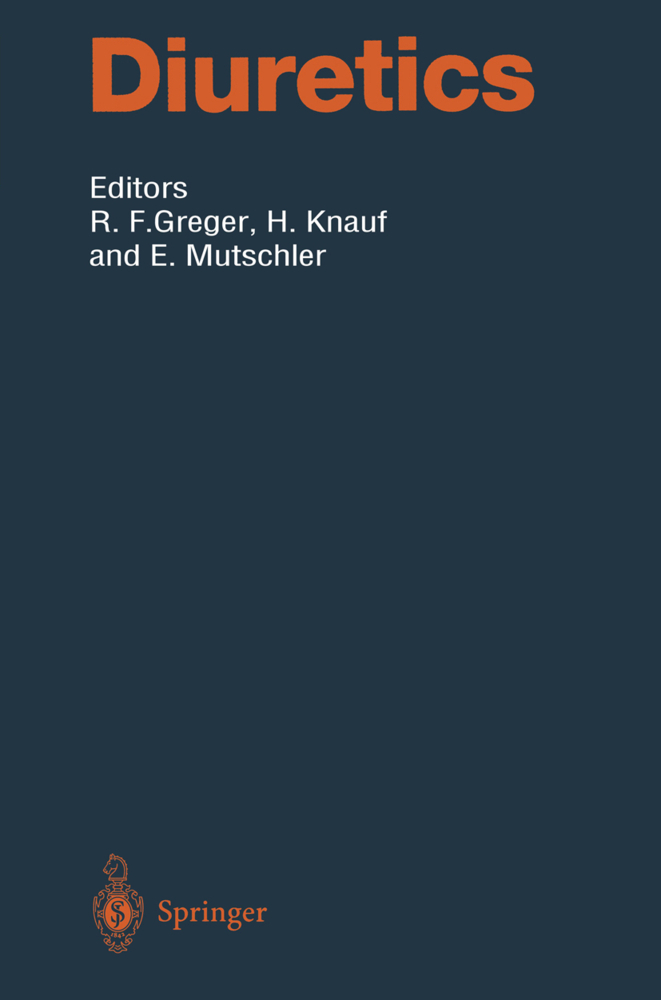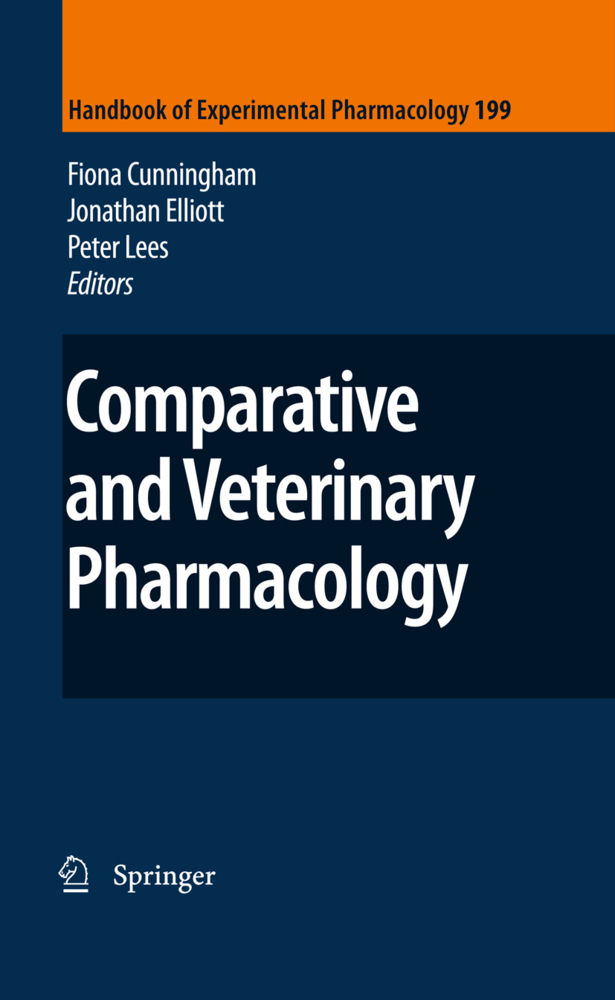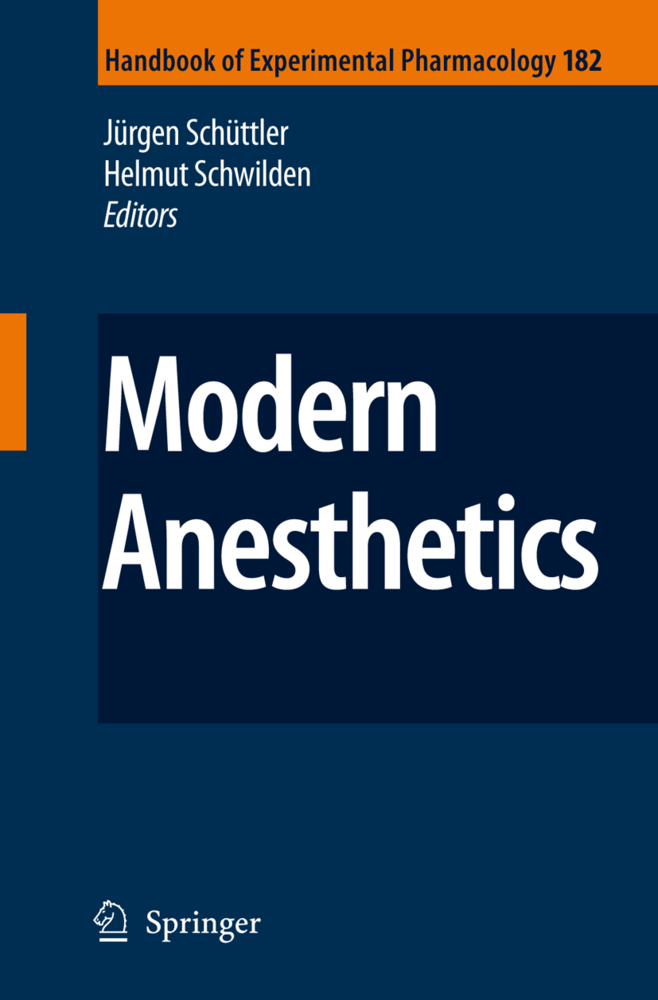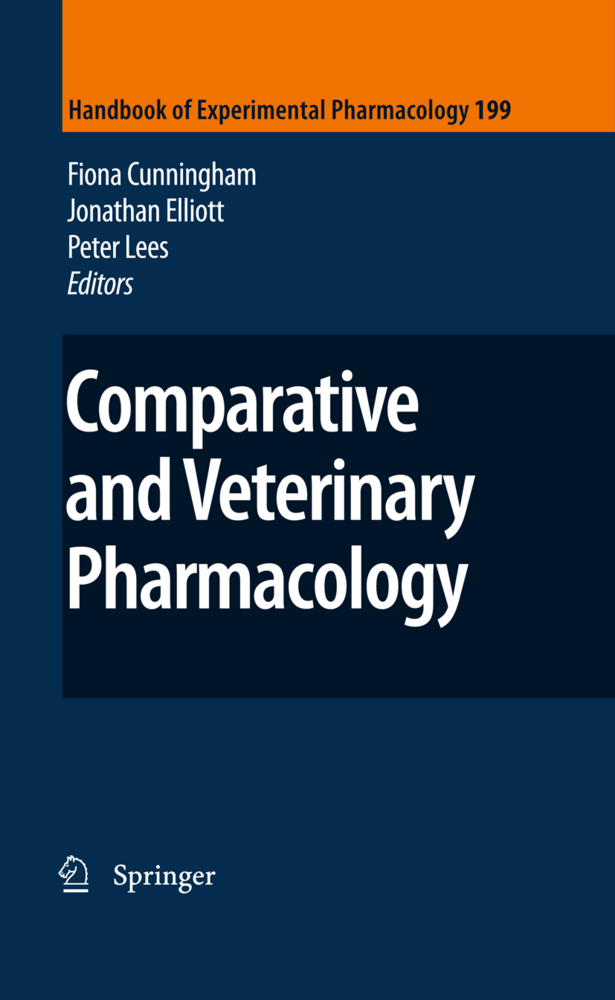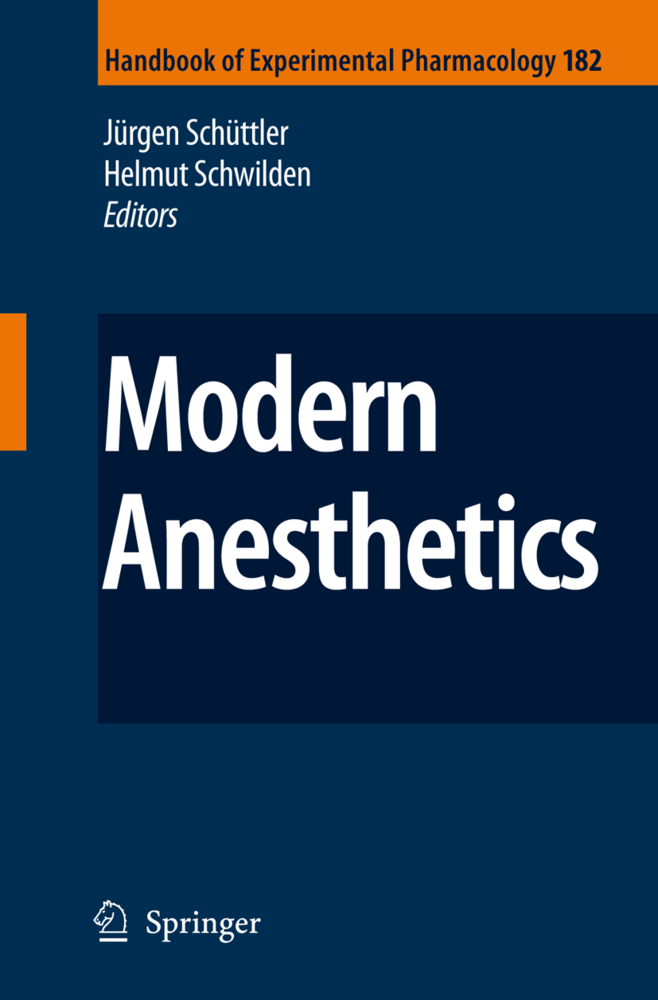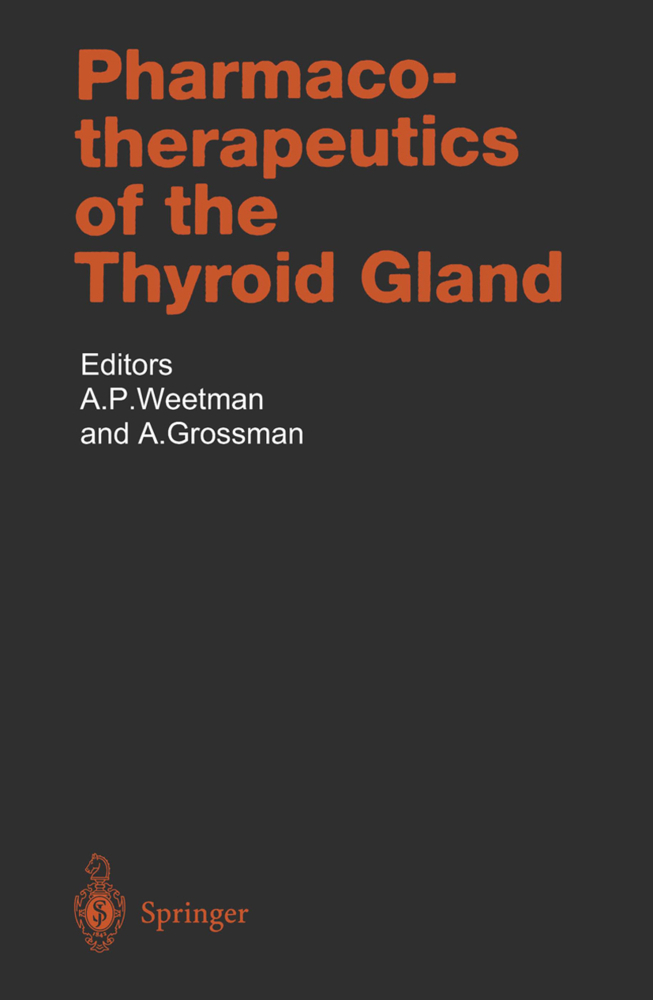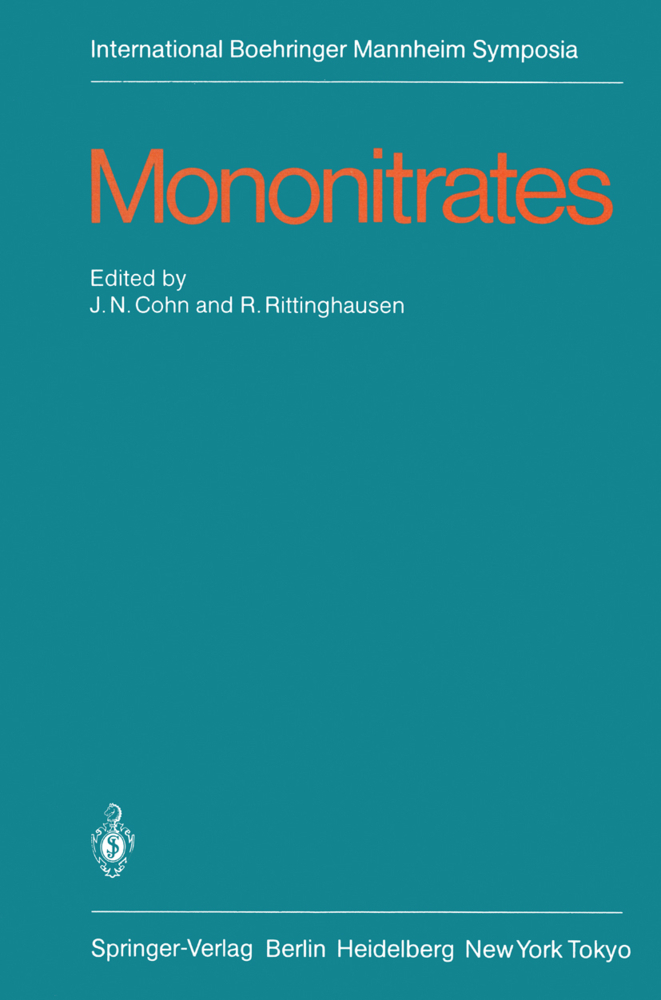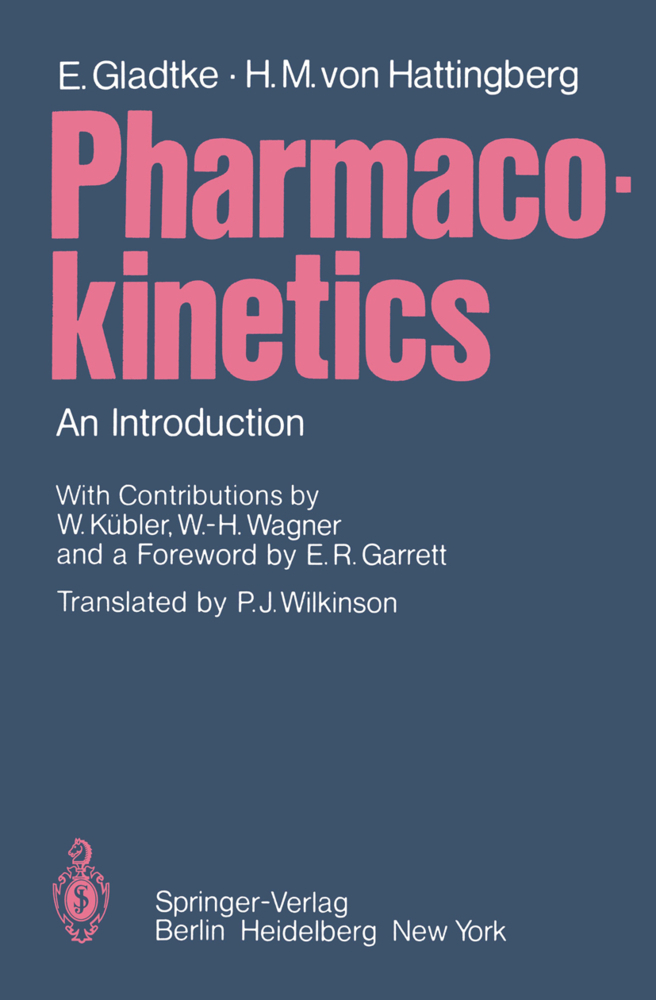Diuretics
Diuretics
The first edition of this handbook appeared exactly twenty-five years ago. Due to enormous changes in the area of diuretics, the second edition has had to be completely revised. Substantial progress has been made in the functional anatomy of the kidney and in the concepts of how substances and ions are specifically transported across the various nephron segments. No one could have foreseen twenty-five years ago that the late 1980s and the early 1990s have provided us with methodologies to study transport events not only at the single cell level, but even at the level of the single transporter molecule. Many of the transporters for ions and organic substances have been cloned meanwhile by the new methods of molecular biology, and their function can be described more precisely by new transport studies such as the patch-clamp technique. These new insights have also led to a new understanding of how the currently used diuretics act. Just a few months ago, the Na+Cl- co-transporter, which is the target of thiazides, the Na+2CI-K+ co-transporter, which is the target of furosemide, and the amiloride sensitive Na+ channel were cloned. Hence, the targets of diuretics have now been identified at the molecular level. In addition, during the past twenty-five years extensive studies have been performed on the pharmacokinetics of diuretics. We have learned how changes in liver metabolism and altered renal excretion influence the pharmacology of this class of compounds.
B.General Organization of Renal Epithelia and Correlation with Transport
C.Nephron and Collecting Duct Structure
D.Alterations of Morphology in Electrolyte Disturbances
References
2 : Basic Concepts of Renal Physiology
A.Introduction
B.Renal Blood Flow and Glomerular Filtration
C.Renal Tubular Transport
D.Regulation of Renal Water and Electrolyte Excretion
References
3 : Renal Energy Metabolism
A.Introduction
B.Mechanisms of Renal ATP Formation
C.Metabolic Substrates of Renal Energy Metabolism
D.Regulation of ATP in Tubule Cells
E.Interaction of Diuretic Substances with Renal Energy Metabolism
References
4 : Discovery and Development of Diuretic Agents
A.Introduction
B.Xanthine Derivatives
C.Osmotic Diuretics
D.Mercurial Diuretics
E.Carbonic Anhydrase Inhibitors
F.Sulfonamide Diuretics
G.Nonsulfonamide Diuretics
H. So-called Polyvalent Diuretics
I. Aquaretics
J. New Aspects: Ion Transport Modulators
References
5 :Metabolism of Diuretics
A.Introduction
B.Biotransformation
C.Patterns of Biotransformation
D.Biotransformation of Diuretics
References
6 :Interaction of Diuretics with Transport Systems in the Proximal Renal Tubule
A.Introduction
B.Transport System for Hydrophobic Organic Anions (pflra-Aminohippurate)
C.Transport Systems for Organic Cations
D.Transport Systems for Sulfate
E.Transport Systems for Dicarboxylates
F.Interaction of Diuretics with the Different Proximal Transport Systems
G.How Does Metabolic Transformation Change the Interaction with the Transport Systems for Organic Anions and Cations?
References
7 :Loop Diuretics
A.Introduction
B.The Heterogeneous Group of Loop Diuretics
C.Organotropy of Loop Diuretics
D.Saluretic and Diuretic Effects of Loop Diuretics and Cellular Mechanisms
E.Effects of Loop Diuretics in the Intact Kidney
G.Pharmacokinetics
H. Pharmacokinetics and Pharmacodynamics
I. Clinical Uses
J. Adverse Effects
References
8 :Thiazide Diuretics
A.Introduction
B.Chemical Structures
C.Pharmacokinetics
D.Pharmacodynamics
E.Pharmacokinetics in Disease States
F.Saluretic Effects of Thiazides
G.Diuretics in Nonedematous States
H. Side Effects of Diuretic Therapy
I. Drug Combinations
References
9 :Potassium-Retaining Diuretics: Aldosterone Antagonists
A. Chemical Structure and Properties, Structure-Activity Relationships of Aldosterone Antagonists
B.Pharmacodynamics
C.Pharmacokinetics
D.Therapeutic Use (Indications, Dosage, Contraindications)
E.Side Effects and Toxicology
F. Drug Interactions
References
10 :Potassium-Retaining Diuretics: Amiloride
A.Introduction
B.Structure-Function Relationships
C.Pharmacodynamics
D.Pharmacokinetics
E.Therapeutic Use
F.Side Effects and Toxicity
G. Drug Interactions
References
11 :Potassium-Retaining Diuretics: Triamterene
A.Chemical Structure and Properties
B.Pharmacodynamics
C.Pharmacokinetics
D.Therapeutic Use
I. Indications
II. Dosage
III. Side Effects
IV. Contraindications
V. Drug Interactions
E.Toxicity
References
12 :Osmotic Diuretics: Mannitol
A.Introduction
B.Renal Effects
IV. Transport of Other Ions
V. Urinary Concentration and Dilution
VI. Miscellaneous Effects
C.Beneficial Extrarenal Effects of Hypertonic Mannitol
D.Effects on the Cardiovascular System
E.Clinical Use
References
13 :Clinical Uses of Diuretics
A.Introduction
B.Physiological Basis of Diuretic Action and Clinical Implications of Physiological Principles
C.Diuretics in the Treatment of Edematous States and Disorders Associated with Abnormalities of Renal Function
D.Diuretics in the Treatment of Nonedematous Disorders
E. Diuretic Side Effects and Adverse Reactions
References.
1 :Functional Anatomy of the Kidney
A.Structural Organization of the KidneyB.General Organization of Renal Epithelia and Correlation with Transport
C.Nephron and Collecting Duct Structure
D.Alterations of Morphology in Electrolyte Disturbances
References
2 : Basic Concepts of Renal Physiology
A.Introduction
B.Renal Blood Flow and Glomerular Filtration
C.Renal Tubular Transport
D.Regulation of Renal Water and Electrolyte Excretion
References
3 : Renal Energy Metabolism
A.Introduction
B.Mechanisms of Renal ATP Formation
C.Metabolic Substrates of Renal Energy Metabolism
D.Regulation of ATP in Tubule Cells
E.Interaction of Diuretic Substances with Renal Energy Metabolism
References
4 : Discovery and Development of Diuretic Agents
A.Introduction
B.Xanthine Derivatives
C.Osmotic Diuretics
D.Mercurial Diuretics
E.Carbonic Anhydrase Inhibitors
F.Sulfonamide Diuretics
G.Nonsulfonamide Diuretics
H. So-called Polyvalent Diuretics
I. Aquaretics
J. New Aspects: Ion Transport Modulators
References
5 :Metabolism of Diuretics
A.Introduction
B.Biotransformation
C.Patterns of Biotransformation
D.Biotransformation of Diuretics
References
6 :Interaction of Diuretics with Transport Systems in the Proximal Renal Tubule
A.Introduction
B.Transport System for Hydrophobic Organic Anions (pflra-Aminohippurate)
C.Transport Systems for Organic Cations
D.Transport Systems for Sulfate
E.Transport Systems for Dicarboxylates
F.Interaction of Diuretics with the Different Proximal Transport Systems
G.How Does Metabolic Transformation Change the Interaction with the Transport Systems for Organic Anions and Cations?
References
7 :Loop Diuretics
A.Introduction
B.The Heterogeneous Group of Loop Diuretics
C.Organotropy of Loop Diuretics
D.Saluretic and Diuretic Effects of Loop Diuretics and Cellular Mechanisms
E.Effects of Loop Diuretics in the Intact Kidney
G.Pharmacokinetics
H. Pharmacokinetics and Pharmacodynamics
I. Clinical Uses
J. Adverse Effects
References
8 :Thiazide Diuretics
A.Introduction
B.Chemical Structures
C.Pharmacokinetics
D.Pharmacodynamics
E.Pharmacokinetics in Disease States
F.Saluretic Effects of Thiazides
G.Diuretics in Nonedematous States
H. Side Effects of Diuretic Therapy
I. Drug Combinations
References
9 :Potassium-Retaining Diuretics: Aldosterone Antagonists
A. Chemical Structure and Properties, Structure-Activity Relationships of Aldosterone Antagonists
B.Pharmacodynamics
C.Pharmacokinetics
D.Therapeutic Use (Indications, Dosage, Contraindications)
E.Side Effects and Toxicology
F. Drug Interactions
References
10 :Potassium-Retaining Diuretics: Amiloride
A.Introduction
B.Structure-Function Relationships
C.Pharmacodynamics
D.Pharmacokinetics
E.Therapeutic Use
F.Side Effects and Toxicity
G. Drug Interactions
References
11 :Potassium-Retaining Diuretics: Triamterene
A.Chemical Structure and Properties
B.Pharmacodynamics
C.Pharmacokinetics
D.Therapeutic Use
I. Indications
II. Dosage
III. Side Effects
IV. Contraindications
V. Drug Interactions
E.Toxicity
References
12 :Osmotic Diuretics: Mannitol
A.Introduction
B.Renal Effects
IV. Transport of Other Ions
V. Urinary Concentration and Dilution
VI. Miscellaneous Effects
C.Beneficial Extrarenal Effects of Hypertonic Mannitol
D.Effects on the Cardiovascular System
E.Clinical Use
References
13 :Clinical Uses of Diuretics
A.Introduction
B.Physiological Basis of Diuretic Action and Clinical Implications of Physiological Principles
C.Diuretics in the Treatment of Edematous States and Disorders Associated with Abnormalities of Renal Function
D.Diuretics in the Treatment of Nonedematous Disorders
E. Diuretic Side Effects and Adverse Reactions
References.
Greger, Rainer F.
Knauf, H.
Knauf, H.
Mutschler, E.
Mutschler, E.
Better, O.S.
Busch, A.
Dorup, J.
Endou, H.
Greger, R.
Guder, W.G.
Hosoyamanda, M.
Hropot, M.
Kaissling, B.
Kleymann, T.R.
Lang, F.
Lang, H.-J.
Möhrke, W.
Netzer, T.
Palmer, L.G.
Puschett, J.B.
Rubinstein, I.
Schmolke, M.
Ullrich, F.
Ullrich, K.J.
Velazquez, H.
Winaver, J.
| ISBN | 978-3-642-79567-1 |
|---|---|
| Medientyp | Buch |
| Copyrightjahr | 2011 |
| Verlag | Springer, Berlin |
| Umfang | XXI, 517 Seiten |
| Sprache | Englisch |

